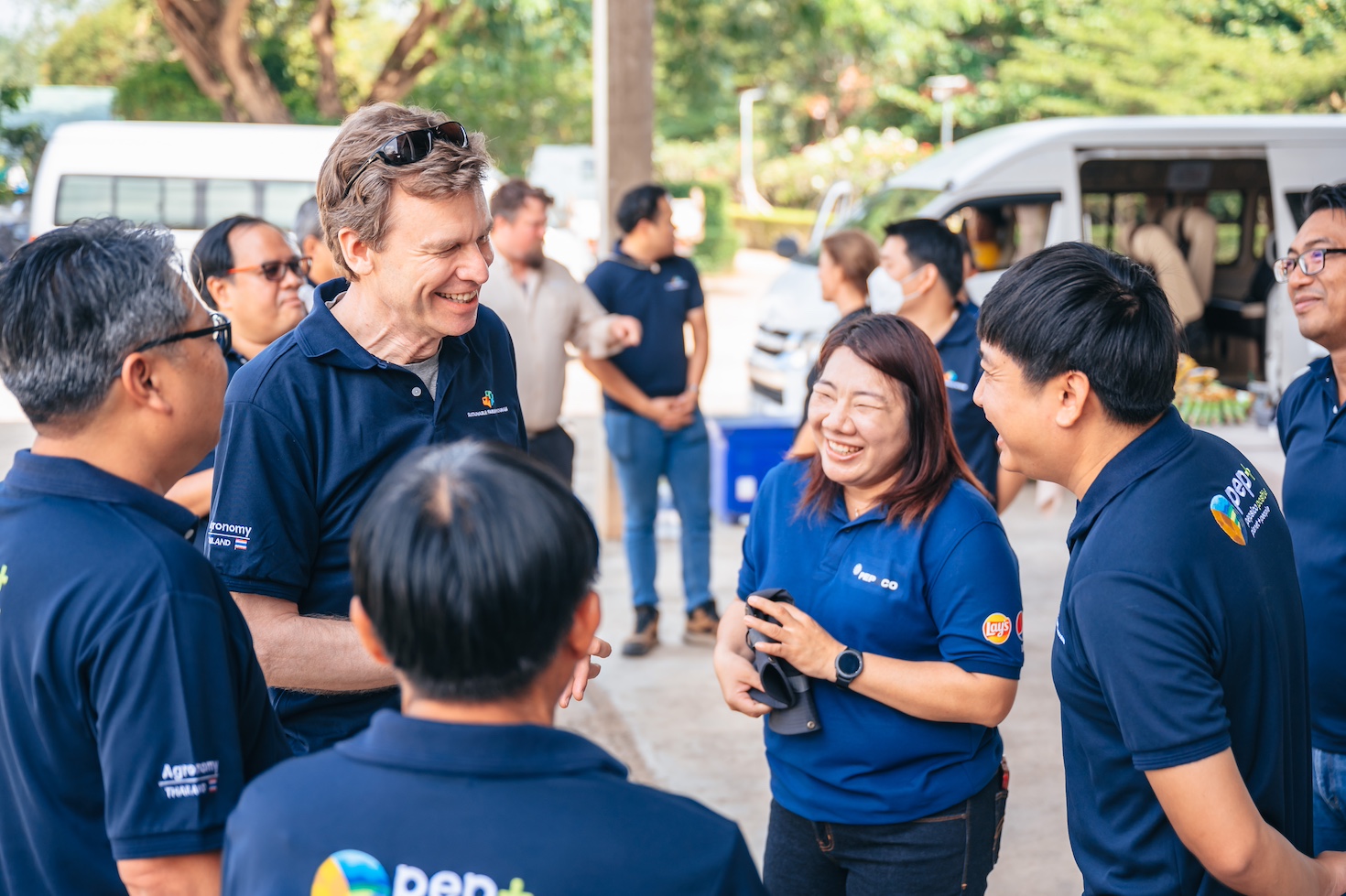Did you know Gatorade now comes in tablets that can be dropped into personal water bottles?
That product, launched in spring 2023, reduces the amount of plastic the company uses in its manufacturing as customers switch from bottles to tablets. It’s an innovation that will be copied across the $91.5 billion food and beverage company’s carbonated soft drinks, water, teas and other beverages over time, said PepsiCo Chairman and CEO Ramon Laguarta.
“It’s clearly a consumer opportunity that we are increasing in capacity,” Laguarta told financial analysts during a late February presentation. “And we’re going to give [it] even more priority, because it is at the center of a consumer trend but also a positive choice. As we eliminate plastic, we eliminate a lot of the emissions that come from moving liquids around.”
Tablets and powders are just one example of how environmental considerations are being folded into the company’s overarching business strategy, which it calls “PepsiCo Positive.”
“PepsiCo Positive is not a sustainability program. PepsiCo Positive is a company transformation program,” said Jim Andrew, executive vice president and chief sustainability officer.
Here are four ways PepsiCo is using technology and finance to reduce the impact of its operations:
Making friends with the chief digital officer
“We’re a company that responds well to goals and numbers,” said Andrew during an interview with GreenBiz in mid-February. “We wanted to be able to say these are a set of goals that need to be considered as part of decision-making, as we’re making all of the various types of decisions you make in a company.”
To pull that off, PepsiCo is incorporating data about water consumption, recycled material purchases, packaging, energy and other metrics into the information “cockpit” the company’s managers use to make decisions. Right now, the most complete information is for packaging, he said.
Under its nearest-term packaging goal, PepsiCo has pledged to design 100 percent of its packaging to be recyclable, compost, biodegradable or reusable by 2025. It’s under pressure to do better, as a New York state lawsuit accusing the company of plastic pollution argues.
Reviewing progress quarterly not annually
The data for PepsiCo’s system is pulled from enterprise software applications, including the procurement system, but the company hasn’t completely weaned itself off the spreadsheets most sustainability teams rely on to gather information. Andrew joked that he speaks with PepsiCo’s digital lead, Chief Strategy and Transformation Officer Athina Kanioura, 20 times a day if they’re both in the office. There’s a dedicated team within the digital organization working to build sustainability metrics into the business planning process.
PepsiCo’s data is recorded on an ongoing basis and reviewed on a quarterly basis — many companies rely on a once-a-year reporting exercise. “We can ask, when we roll it up, whether we are where we need to be in 2024, 2025,” Andrew said. “Then we can ask, ‘What are we doing to do about it?’ while we are still in-process, as opposed to getting to the end of the year and saying, ‘Oh, we didn’t hit our goals, too bad.’”

Identifying low-cost, high-impact actions
Sustainability has also become part of how the company plans for acquisitions and capital expenditures. The company’s former chief financial officer had his bonus tied to whether enough money was funding sustainability measures — ranging from incentivizing farmers to adopt regenerative agriculture to finding cleaner alternatives to the natural gas used in PepsiCo processing and bottling facilities.
The company’s planning dashboard helps PepsiCo analyze the cost per metric ton of emissions removed, in any given project and compare that with the financials. “Once finance gets in and sees those and owns those, they can then say, ‘OK, I’ve got a goal to hit in the business. I’ve got an annual operating plan. What do I do?’” said Andrew.
Publishing the results encourages competition
Don’t underestimate the power of sharing as much data as possible across divisions, said Andrew. One thing that PepsiCo tracks closely and shares, for example, is water efficiency on a plant-by-plant basis — essentially how much water is consumed to produce a pound of food.
That transparency drives healthy internal competition. “I don’t have to do a lot besides making the information available,” Andrew said. “Nobody ever wants to be at the bottom of a list, right? So you get a constant leveling up.”


